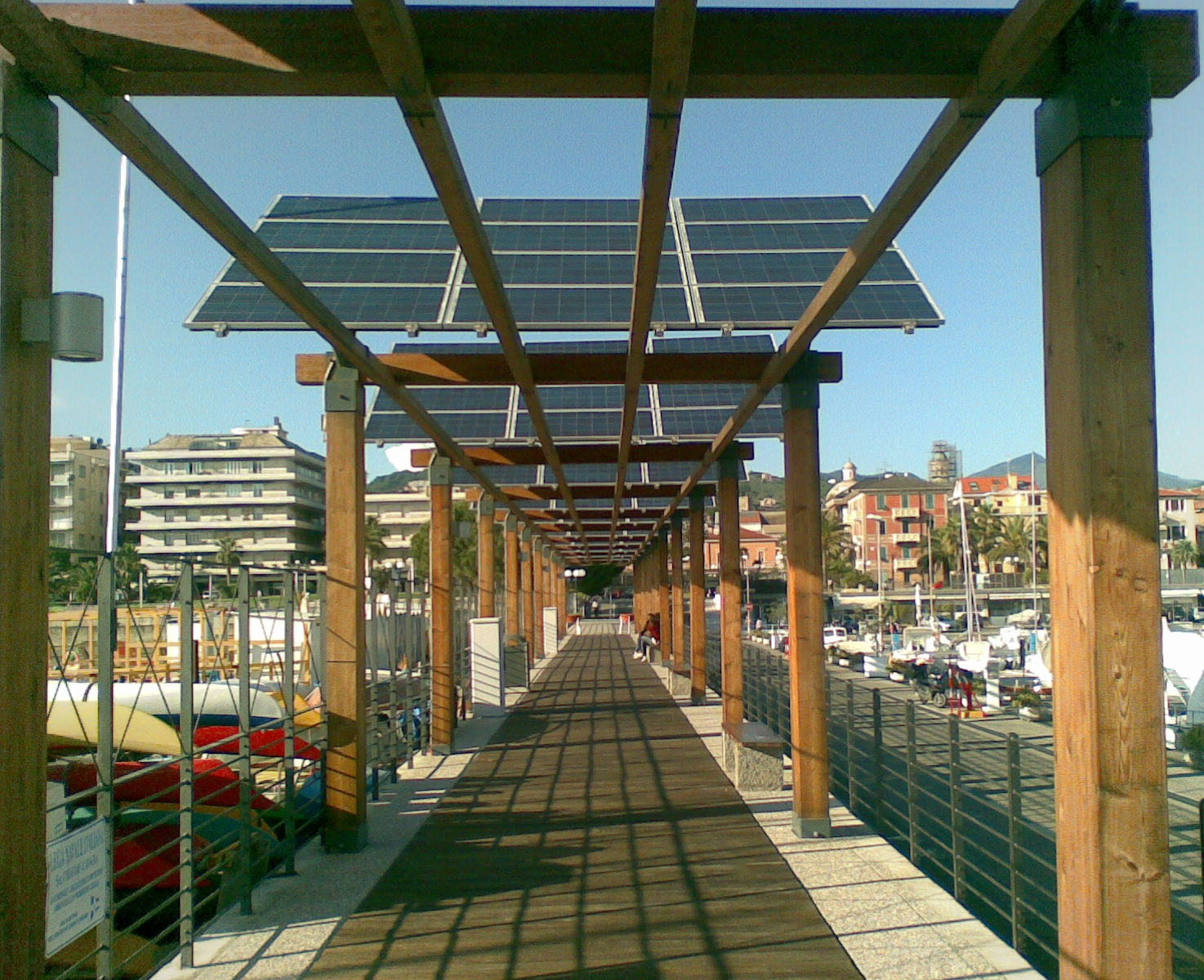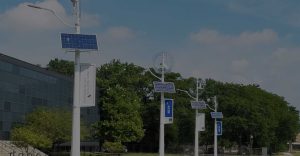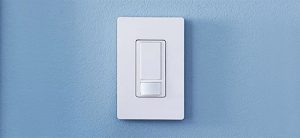
The Economics of Sustainability –Incorporating Sustainability Into the Facility While Enhancing the Long-Term Bottom Line
Published on March 23, 2022Sustainability. It’s one of those words. An increasingly trendy buzzword that we might love and love to hate at the same time. A word we both understand and don’t understand. A word that makes sense at its fundamental level but that at times seems so overused and applied to so many things that it starts to seem senseless. One thing seems clear, though, and that is sustainability is something that will be playing an increasingly significant role in most things we do.
Building a Sustainable Business
The “three pillars” of sustainability are most often referred to as, “Environment, Economics and Society,” or as sometimes more alliteratively put, “Planet, Profit, and People.” The sweet spot lies in finding ways to do things that lie in the overlap of those three pillars. And it’s important to remember that profit/economic part. We tend to think that the “green” of sustainability has only to do with the environment.
A big player in the sustainability business is ERM (Environmental Resources Management) – the worldwide consultancy with a 2021 value of $2.7 billion – definitely some green there. I mention it for a couple of other reasons as well, one being to suggest you may want to take a look at their Sustainability Institute’s “2022 Trends Report – What’s Next for Sustainable Business.” It’s a fairly deep dive, and with a fair amount of emphasis on the intersection of sustainability and the growing importance of ESG considerations in the investment world – the Environment and Social segments of ESG clearly fitting in nicely with the sustainability world (the G being Governance).
And what do ESG reports have to do with marinas? Well, if you are reading this from a Safe Harbors marina, which is now part of Sun Communities, you may well have come across Sun’s ESG reports. The fact is that a clear trend in the investment world is that more money is being funneled to entities that get good grades for ESG, and so more and more companies are looking to improve their scores. This is another way that being green can be a benefit to a facility’s economic bottom line.
There is no question that there are also many project-specific approaches that can be cost effective and pay for themselves. The issues are to look at them for your specific area and evaluate them for your site. All approaches cost money, and some are more intensive than others. There are many government incentive programs, including grants, tax deductions, and rebates to encourage such undertakings. And if one must borrow money, the interest rates are still quite low these days, though financing costs must always be figured in.
The Cost of Utilities
One of the largest costs that keeps spiraling upwards is electricity. With the emerging move to electrify just about everything, including most motors, the electric demands will only go higher. I appreciate that for many of us in the U.S. this may seem like a distant prospect, but in Europe and many other parts of the world, it is coming quickly, and will be quite the game-changer. It is and will increasingly be worth investigating approaches to lower the per unit electrical cost, and green approaches can be meaningful – not to mention scoring big sustainability points.
Most marinas, boatyards, and similar facilities have wide open areas and buildings with large roofs, most with shallower roof pitches, making them conceptually well-suited for solar panels. If there are large trees or other light obstructions, or if all your roofs face the wrong way, you might have issues. Most utility and solar panel companies will undertake a free evaluation – i.e., including feasibility and potential output, as well as the cost of implementation and savings based upon present day rates. Some will also include projections based on forecasted rate increases. Savings have been reported to range from 5% to 50%.
Of course, there are many differences in what various companies offer, so, as always, one is advised to do your homework. Investigate what they offer – how well-suited is it to your facility and what are the drawbacks? It is also suggested that you get a list of those who have had their systems for at least five years or longer, and then speak to those establishments and get their reactions.
Another option is wind. Although windmills at marinas tend to be less reliable than solar, there can be sites where they truly make sense, and there is no denying that they are among the most visible displays of pursuing greener energy. No doubt you have come across a solar plus windmill streetlamp by now – often at a school or public park – and there certainly can be cases where they would make sense at a marina.

Where wind tends to make the most sense, of course, is with large-scale offshore wind farms. While these most often may not have a direct connection to your marina, as these projects increase, they are generating demand for bases to ferry materials and crews to and from the offshore fields, as well as promoting advances in boat design to go electric. Just this winter the Sensco and Blount Boats shipyards in Rhode Island announced contracts to build Crew Transport Vessels (CTVs) that are being designed to accommodate batteries that will enable conversion to hybrid power – the green energy producer driving the market to achieve greater sustainability in all aspects of its operations.
The Future of HVAC
Heating and cooling costs are another large area. And, again, there are alternatives that range from more efficient equipment to geothermal. Most manufacturers have made major strides in producing HVAC equipment that is significantly more efficient and cost effective. The longer-term trend will clearly be moving away from gas and oil on the heating side, so keep that in mind when having to replace existing systems or for new construction. It may be time for heat pumps and/or geothermal. One of the issues on geothermal for marinas is that since they are by a waterbody, this can translate to needing deeper wells, adding to the costs, as well as greater risk of running into inadequate underground materials that allow leakage or cave-ins into the drilled holes. Since the actual site-specific ground materials may not be entirely known until after the well/wells are drilled, one can end up spending a fair amount of money and then be forced to abandon the project. At the same time, there is a steady stream of new geothermal technologies that may help solve these issues, so it is worth keeping an eye on.
Don’t forget about your building envelopes either. Better insulation, weather stripping, and similar measures can make big differences in heating and cooling costs/energy use. So can adjusting thermostats a bit cooler in the winter and warmer in the summer than we might be used to. You should never need to wear a sweater when the AC is on!
Lighting Innovations
There are other more modest undertakings to be green and more sustainable as well. Changing light bulbs to LED bulbs can be very meaningful in terms of being cost effective and having longer lifespans than incandescent or fluorescent bulbs. Changing light switches to motion-activated switches, with or without timers, is great for areas that have limited traffic, such as restrooms, laundry rooms, hallways, and closets. While you may think that the savings cannot be great – you might be surprised at how the savings can add up. In fact, improvements for lighting efficiency tend to have the shortest payback times compared to most other green initiatives.

Outdoor lighting can also be an area to consider. Lighting for safety and security has become necessary today. But if one stops to think about it – more lighting is needed in the early evening as there are boaters that come back after dusk or are staying on their boats overnight, for the weekend, etc. But full lighting is not needed throughout the night. One might want to think about putting some of the spotlights on motion detectors, timers, and/or dimmers that still provide light for safety and security but do not need to be on all the time or at full intensity, particularly in the middle of the night.
Softening Marina Hardscapes
When it comes to shoreline interfaces, most of the regulatory website materials talk about vegetated shorelines. Vegetated shorelines present a softer and more pleasant look than hardscape but also require shallow slopes. And while they can be very meaningful in certain circumstances, they are not well suited to the working waterfront or in areas where the shorefront is subject to wave energies (whether daily, from storms or even from marine traffic) or ice scour. Bulkheads, whether wood, steel or composites, all have finite lives but do provide meaningful protection and allow maximizing both in-water and upland usage. Properly designed and constructed, stone riprap and seawalls with the properly sized stone can have a nearly infinite life with relatively little maintenance. While they won’t be used for your hauling and launching area, they are extremely resilient and, depending on the specific site conditions, can be coupled with native grasses at higher elevations and/or vegetated buffers at the top. This can add for meaningful stormwater abatement as well as shoreline protection. In deeper water shoreline interfaces, battered armor stone seawalls can be equal to or slightly more expensive than more traditional sheet bulkheads but can be very cost effective over the life of the facility. With vegetation at the top, they can be the best of being greener and more resilient.
And when it comes to both sustainability and ESG credentials, I’d be remiss not to mention supply chains. As part of any effort you are considering, as well as in relation to everyday operations, whether ordering paint, paper towels or coffee, the more you can source supplies and products from entities that also have high sustainability/ESG scores, the more credit you can take towards your own sustainability.
Show Off Your Efforts
So, in short, there are lots of ways to go “greener” and be more “sustainable,” ranging from major projects to small, simple approaches. But it means taking the time to think about them. Some facilities regularly do this at budget time for both the maintenance operations as well as capital projects. You also want to do this with your everyday ordering and operations wherever you can. There are so many approaches you can take. And, whatever efforts you make, make sure to let people know what you are doing through newsletters, social media, other communications (even ESG reports) and/or just plain talking about them. Making your facility more sustainable really can have meaningful public relations, investor relations, and bottom-line benefits!
Dan Natchez is president of DANIEL S. NATCHEZ and ASSOCIATES, Inc., a leading international environmental waterfront design consulting company specializing in the design of marinas and marina resorts throughout the world. He invites your comments and inquiries by phone at 914/698-5678, by WhatsApp at 914/381-1234, by email at dan.n@dsnainc.com or on the Web at www.dsnainc.com.
| Categories | |
| Tags |





